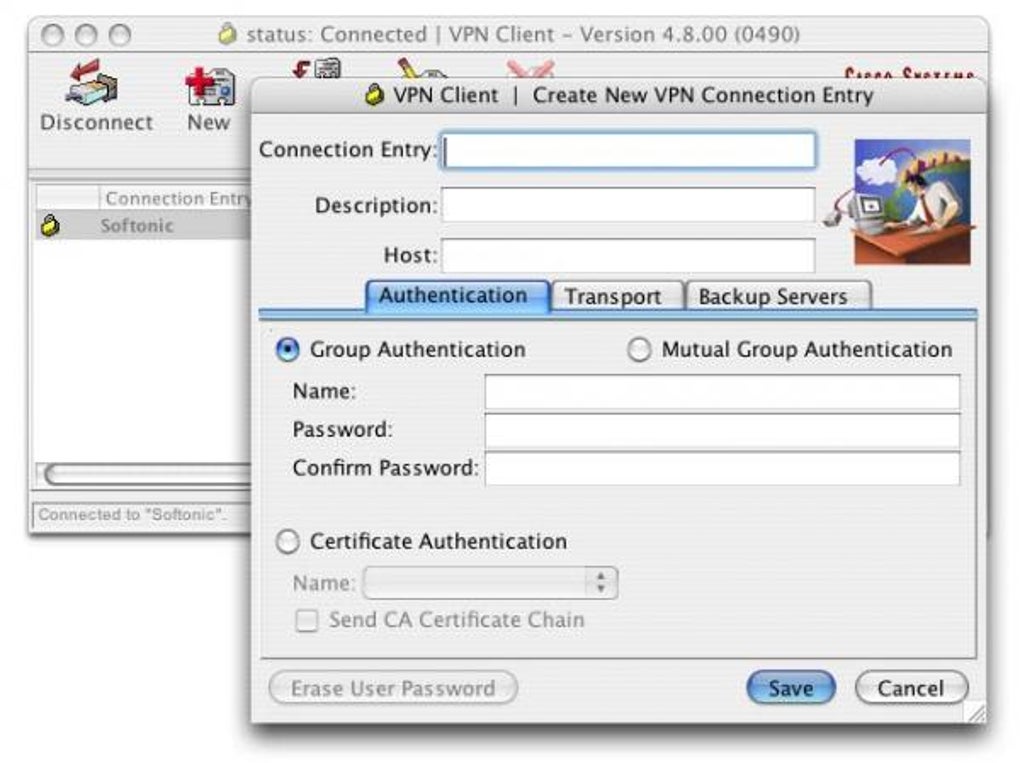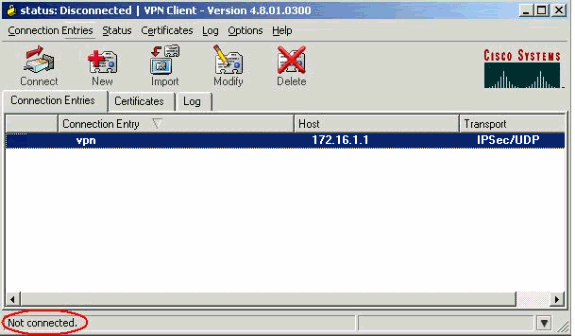



Group policy with RADIUS Filter-ID: This is used to enable dashboard group policy application using the filter passed by the RADIUS server. This configuration is only required if you need to authenticate client devices with a certificate.Īuthentication Type: This is used to specify authentication with Meraki Cloud, RADIUS, or Active Directory. Profile update: This specifies the An圜onnect VPN configuration profile that gets pushed to the user on authentication.Ĭertificate authentication: This is used to configure the trusted CA file that is used to authenticate client devices. To disable the log-in banner simply leave the banner field blank. If configured, a connecting user must acknowledge the message before getting network access on the VPN. Log-in banner: This specifies the message seen on the An圜onnect client when a user successfully authenticates. You can change this hostname by following the instructions here.Īn圜onnect port: This specifies the port the An圜onnect server will accept and negotiate tunnels on. The DDNS hostname is a prerequisite for publicly trusted certificate enrollment. This hostname is a DDNS host record that resolves to the Public IP address of the MX. Hostname: This is used by Client VPN users to connect to the MX. The following An圜onnect VPN options can be configured: To enable An圜onnect VPN, select Enabled from the An圜onnect Client VPN radio button on the Security Appliance > Configure > Client VPN > An圜onnect Settings tab. Administrators will need to renew certificates manually in addition to managing their DNS record (to enable their hostname resolve to the MX IP on the Internet) Note: Custom hostname certificates do not renew automatically. Upload the signed certificate and CA chain from your Certificate Authority Get the CSR signed by a public Certificate Authority of your choice
#CISCO VPN CLIENT DOWNLOAD#
Generate and download a Certificate signing request This option allows administrators to use their preferred hostname. The signed certificate should be uploaded to the MX Appliance via the Dashboard. Custom hostname certificates (requires MX firmware 16.11+ and enabled by Meraki Support)Īdministrators can generate a certificate signing request (CSR), that can be signed by a public Certificate Authority.The automatic DDNS hostname certificates may not suffice. If the MX is in HA mode with a virtual IP and behind a NAT device, we recommend using the custom certificates feature to enable you manage your certificates and DNS records.


 0 kommentar(er)
0 kommentar(er)
